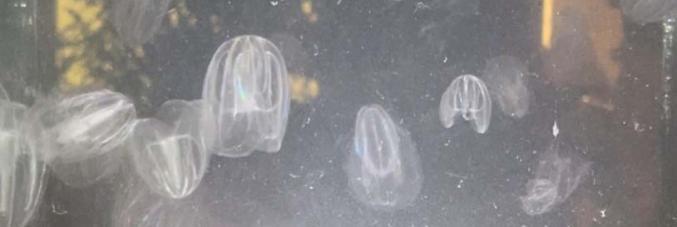
Before the blue crab, the invasion of the sea walnut
03.05.2024
An important risk factor for marine biodiversity, as well as for fishing, is represented by biological invasions. The increase in coastal environments of non-indigenous species may cause extensive damage to its ecosystems. These invasive species, including the well-known blue crab along the Adriatic, are often facilitated by climate change. Their proliferation favors geographical movements and together with other human impacts, disturbs coastal ecosystems by decreasing their ability to resist such biological invasions. The Venice Lagoon sees a rapidly changing ecosystem subject to intense naval traffic (a typical vector for the introduction of invasive species) and numerous other human activities.
A study published in Hydrobiologia by the Department of Biology of the University of Padua, in collaboration with the National Institute of Oceanography and Experimental Geophysics of Trieste, entitled “Assessing the impact of the invasive ctenophore Mnemiopsis leidyi on artisanal fisheries in the Venice Lagoon: an interdisciplinary approach” documents the recent massive invasion of sea walnuts (Mnemiopsis leidyi) in the Venice Lagoon.
The study explains how the explosion of sea walnuts since 2014 is connected to the increase in water temperature. The work highlights the negative impact of this invasive species on the traditional fishery methods found in the Venice Lagoon that use fyke nets (locally called “cogolli”).
Although the sea walnut is gelatinous, and typically only a few centimeters long, it completely clogs fyke nets and is a voracious predator of plankton and larvae which are valuable for the fishing industry.



